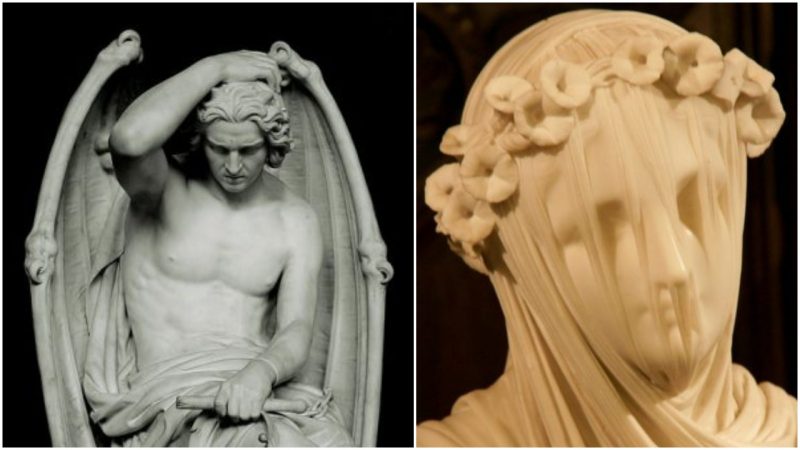There are works of sculpture which are “imperfect” yet their effect is magical. Others are just stunning thanks to an intriguing feature left there by their sculptor.
Besides aesthetics, sculptures can fascinate us either because of how they were created, how they were found, or how they ended up in the center of a fight of who should really own them.
These masterpieces have proven influential to modern art. Below is a list of six and the intriguing mysteries surrounding them.
The charming Venus de Milo without arms
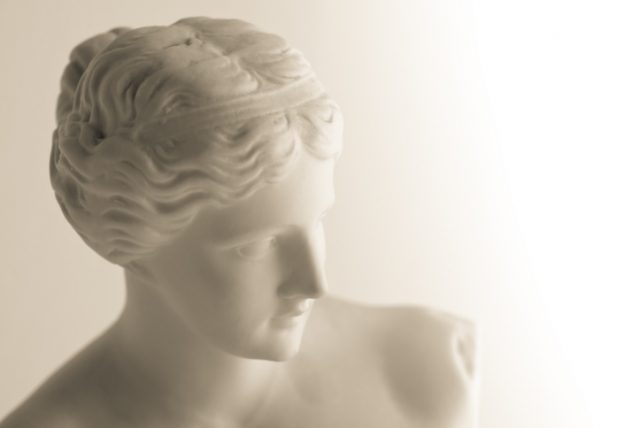
In a fantastic display of ancient Greek art, today displayed at the Louvre in Paris, a Hellenistic sculptor called Alexandros of Antioch carved the body of a Greek goddess. His sculpture is known as Venus de Milo and also Aphrodite of Milos.
Created circa 100 BC, the piece is thought to depict the Greek goddess of love and beauty — Aphrodite. Her nudity and eroticism are omnipotent even with the absence of limbs. To the Romans this goddess was Venus.

The sculpture resurfaced on the Greek island of Milos, in the Aegean Sea, in 1820. It quickly became the subject of conflict. Both Turkish and French navy troops wanted to pledge ownership over the sculpture. It was the French who eventually managed to ship the attractive antique to their country.
Opinions are divided whether the arms of Venus suffered during this confrontation or they were missing prior that. The piece inspired Salvador Dali to make a plaster reproduction, known as Venus de Milo with Drawers, in 1936.
Nike of Samothrace – victory goddess armless and headless
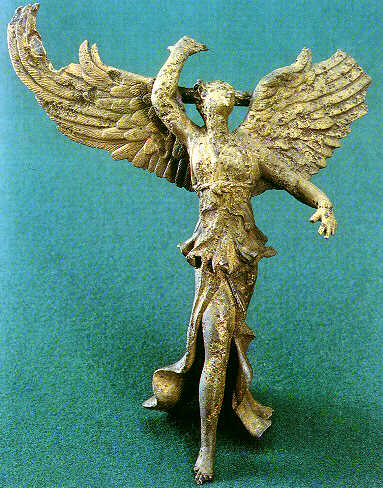
One more treasured artifact of the Louvre is the 18-foot statue of Nike, which depicts the Greek goddess of victory with wings. The iconic piece is missing more body parts than Venus, though that also adds to its authenticity.
Made from golden Parian marble and called the Winged Victory of Samothrace, the origins of this famous depiction of Nike are shrouded in mystery — just as the story of what happened to its long gone head and arms.
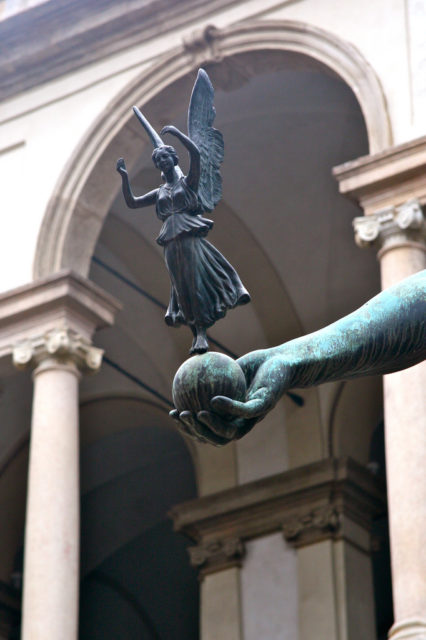
The piece, dated to some time around the 2nd century BC, was possibly produced on Rhodes, the Greek island famed for one of the seven ancient wonders, the Colossus of Rhodes. However, the sculpture, rediscovered in 1863, is dedicated to another Greek island — Samothrace.
There have been numerous attempts to restore the sculpture’s head and arms but to no fruition.
A famous Lucifer sculpture in Belgium is not the original
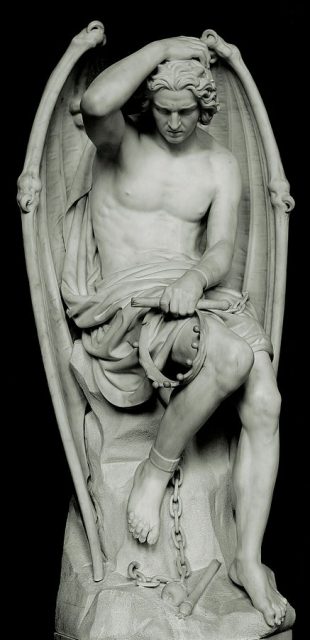
There is a famous sculpture of Lucifer, the fallen angel, found in St. Paul’s Cathedral in the Belgian city of Liège. It’s a Neo-Gothic marble piece, but this is not the original one that was installed in the cathedral in 1842.
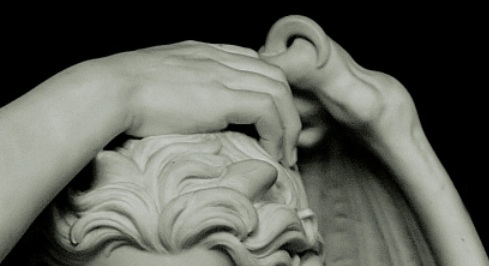
The Genius of Evil, as the name of the sculpture goes, was the creation of Belgian sculptor Guillaume Geefs. He was assigned to complete this sculpture in order to replace The Angel of Death, a controversial work of sculpture done by his brother, Joseph.
Joseph’s sculpture was condemned for it appeared to depict Lucifer as too beautiful and too sexual. Not acceptable as cathedral decor.
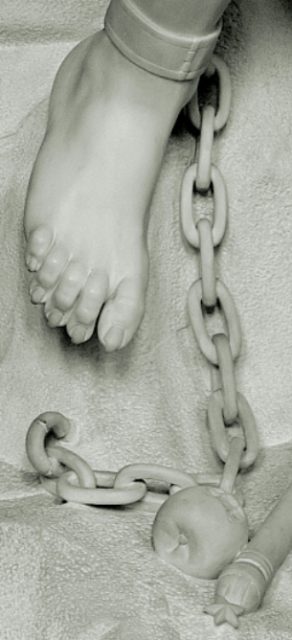
Guillaume’s replacement, which also displays nudity, includes details that were appropriated to give a more serious tone to the entire piece. Such as a worried expression on the face, and Lucifer is also holding a crown and a broken scepter in one of his hands. Both hint that he has lost his powers.
Michelangelo’s perfect David is imperfect marble
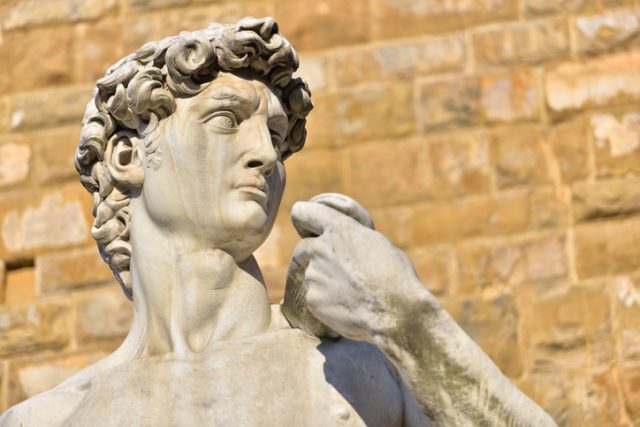
One of the many masterpieces left by the genius Italian Renaissance artist Michelangelo is his sculpture depicting the famous biblical figure David. The piece can be seen in Florence, at the city’s Galleria dell’Accademia, where it was relocated in 1873.
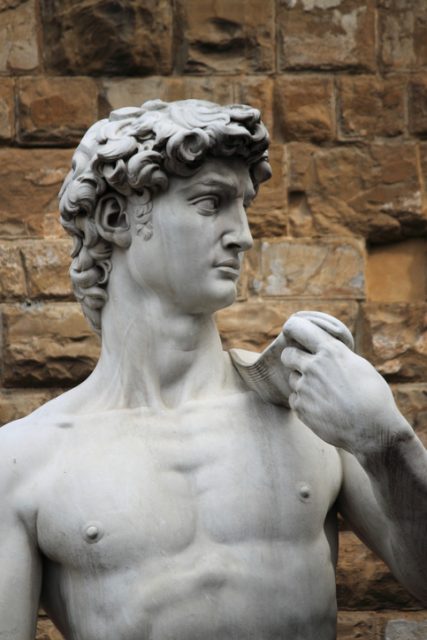
It happened in 1991 that a man damaged the statue’s foot using a hammer. The incident revealed an interesting detail about the statue’s composition.
The marble, it was determined, was prone to degenerate faster compared to other types of marble.
Which doesn’t mean that David will soon fall apart, though it did prompt officials to take precautionary measures and engage in better maintenance of the artwork.
Another interesting detail is that David’s eyes are pointed to look towards Rome.
Raffaele Monti’s mysterious see-through veiled sculptures
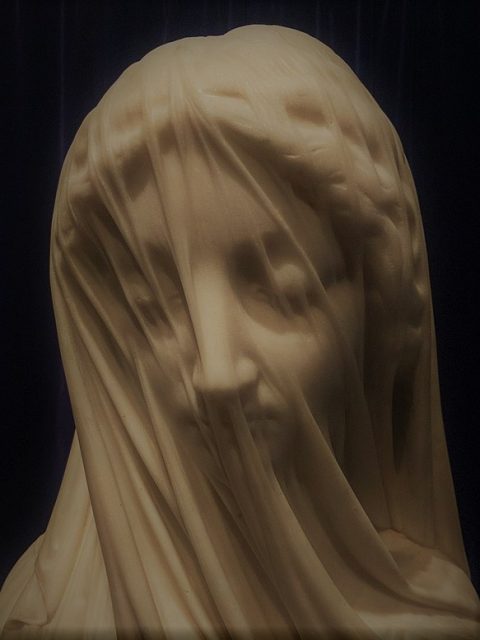
Raffaelle Monti was a 19th century Italian sculptor who became famous for his illusionist sculptures using marble.
A quick glance at Monti’s fantastic feats such as The Veiled Vestal Virgin reveals the presence of a translucent veil falling over the sculpted face. The incredible part is that the veil, which recurs as a motif on other pieces created by Monti, is made of marble just like the rest of the composition.
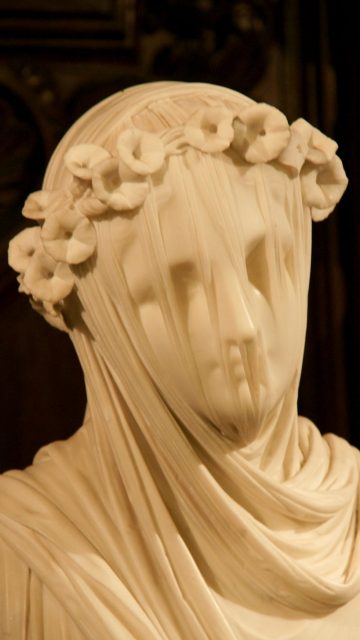
To achieve the mesmerizing effect of gentleness, Monti used a rare type of marble that had two distinctive layers, one dense and another more transparent.
Monti would exploit the stone in his workshop to the point where he achieved a semi-translucent material. Applied on a sculptured face, the stone effectively gave a real-veil look.
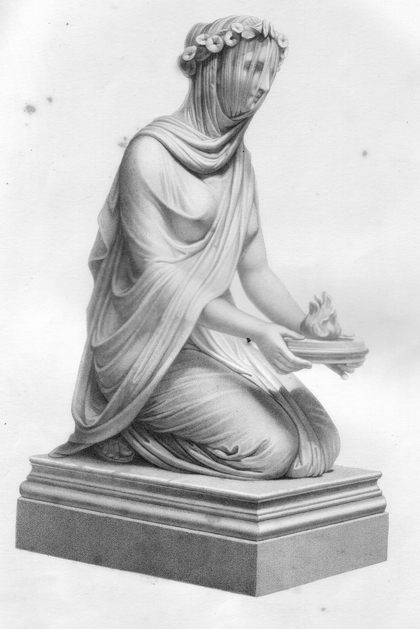
Thanks to his beautiful artwork, Monti became quite famous in Britain where he fled following his involvement in the first Italian War of Independence (1848-1849).
Related Video:
https://youtu.be/dtCairKbsL8
Not your average Moses – this one has horns
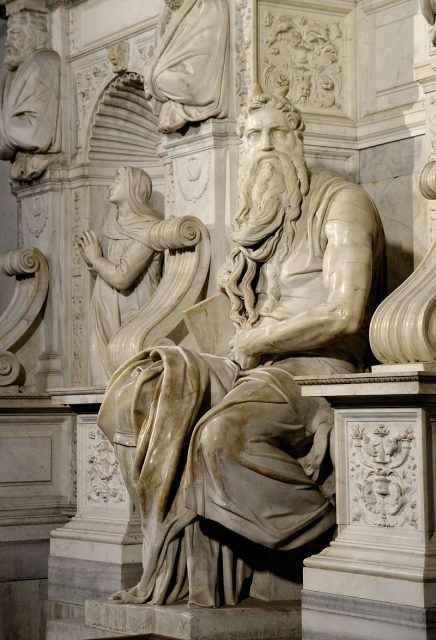
Peculiarities can be observed on another of Michelangelo’s work. His take on Moses was carved from 1513-1515, that is some 15 years after the sculpture of David was completed.
The Moses sculpture was set to adorn the lavish tomb of Pope Julius II in Rome, and intriguingly enough, Moses has two horns on his head.
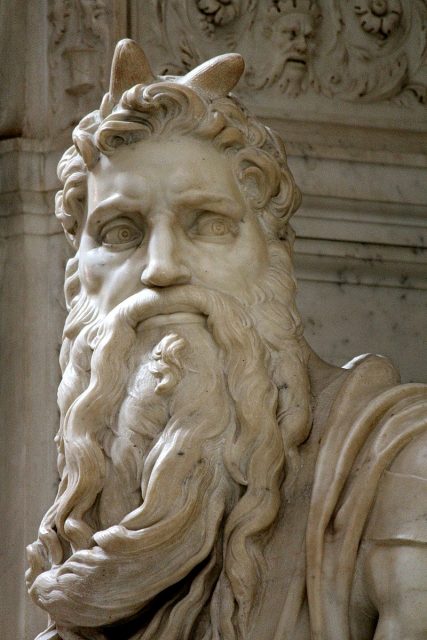
Michelangelo, like other artists at the time, was driven to envision a Moses with horns probably because of a single translation mistake in the Bible.
He would have used a copy of the Vulgate, the Bible which St. Jerome translated into Latin in 405 AD. A description of Moses there informs the readers that the biblical character had horns on his head, instead of radiating light. It comes down to the Hebrew word “Keren” which may denote both “radiance” and “horns”.
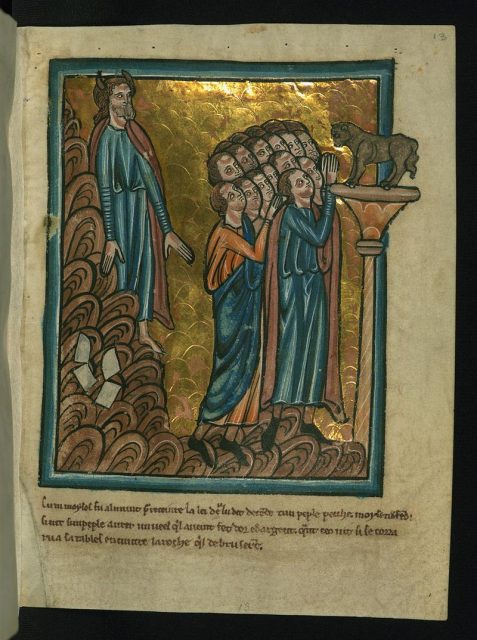
At the San Pietro in Vincoli Basilica in Rome, where Pope Julius II’s tomb is, the Moses sculpture was originally supposed to occupy the upper part of a larger memorial.
Read another story from us: Symbolic to the Max – The Eerie Story of the Veiled Virgin
The original ideation Michelangelo had for the tomb was never accomplished as the memorial remained smaller yet still magnificent. The two-horned statue remained on the ground level; regardless, it’s the main reason why people are drawn to visit the basilica.
